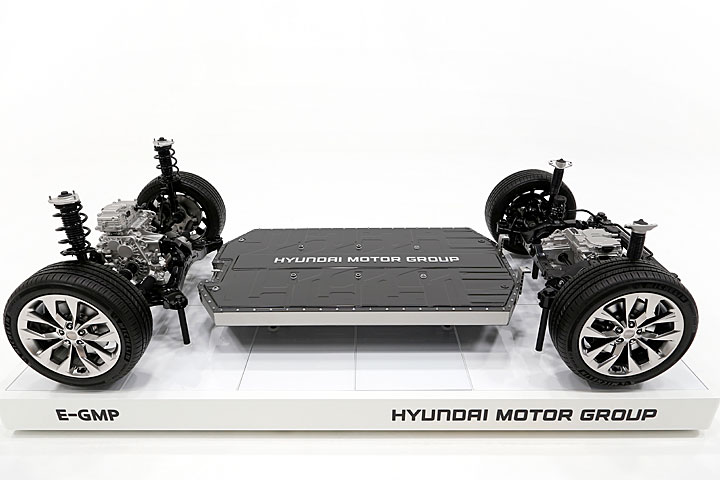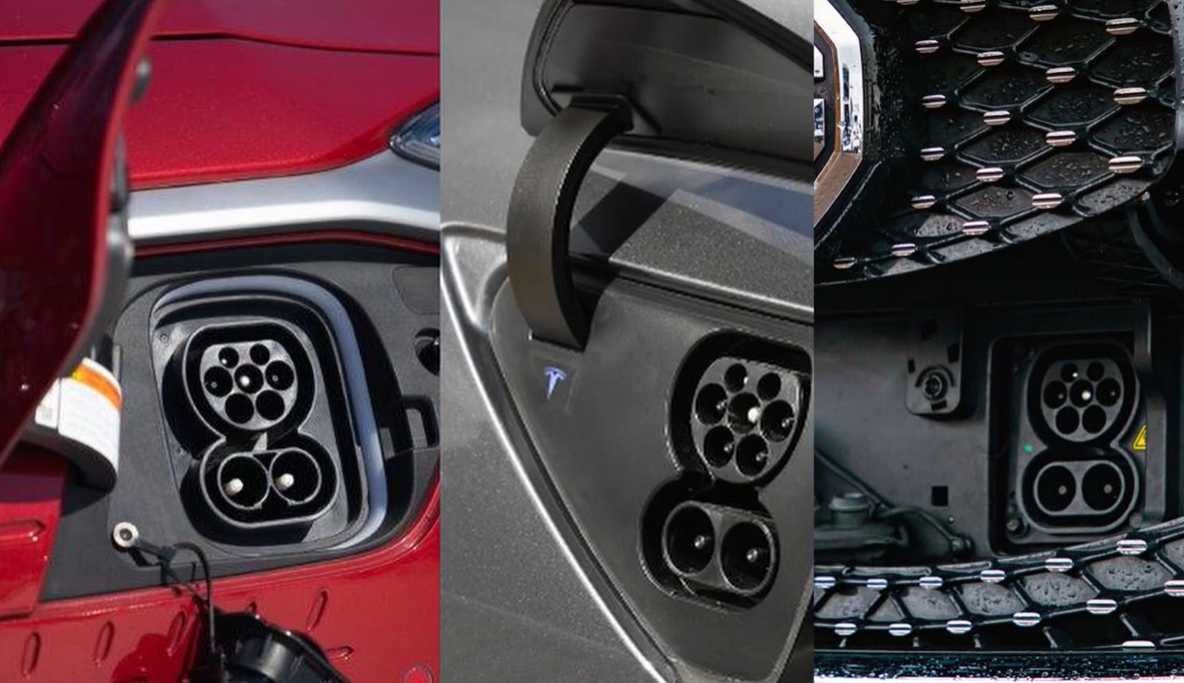CCS1 and CCS2? What’s The Difference For Your Electric Vehicle?
Maybe you’ve heard the term CCS1 around here, so we’re going to talk about it.
What the SAE j1772 or the society of automotive engineers? What is the connection between j1772 and CSS?
Before we even get into what CCS1 and CCS2 are we need to back up a little bit and understand the basics and understand what the SAE j1772 or the society of automotive engineers. J1772 type 1 is the format for the level 2 slow charging here in the US for non-teslas. There’s also the IEC or the international electro technical commission. J1772 type 2 connector which is basically similar to the type 1 here in the US, but it’s also used in Europe and most of the other parts of the world. So these two connectors deliver AC(alternating current) electricity which is basically.
The electricity that you would get from your house the biggest difference between the type 1 here in the US and the type 2 in Europe is the type 2 has two more pins the L2 and the L3 pin, which allow the type 2 to deliver more current or more power to your car well more energy to your car.
So, how much you might ask the type 1 here in the US delivers typically 7.2 kilowatt where as the type 2 in Europe can deliver up to 22 kilowatt. So as you can see, that’s a pretty big difference however it also depends on your car. So your car’s charging port needs to be able to accept that much power and if it doesn’t then it doesn’t really matter. If you have a type 1 or type 2 because the car is going to be the limiting factor so as I mentioned earlier the connectors at home are AC or alternating current and this is what the car’s charge port can accept, and then it actually converts it into DC or direct current which is the energy that’ll flow straight into your battery pack. So if we take an example car charging port from a non-tesla.

I has a Hyundai Ioniq 5 and that car actually has a really exceptional, car charging port the that car can accept 11 kilowatts of power, so because it can accept 11 kilowatts of power basically any home charger will almost not be able to stay up with that.
So, basically it’s going to be your EVs which is your electric vehicle supply equipment is going to be kind of the limiting factor in that case. So basically the only type of EVs that can you know surpass 11 kilowatts is going to be a like a MIDA 11KW Wallbox Charger would be one of them or basically any type of charger. That’s hardwired into your sub panel at 48A on a 60A breaker so if it does 48A at 240V that’s 11.5 kilowatt so in this case at my house they actually their EVs is the limiting factor. They do have a grizzly charger and basically it is plugged into the nema 1450, so because it’s on a 50A breaker it only charges at 40A which is converts to 9.6 kilowatts of power, so the j1772 connector is the basis for CCS1 and CCS2.
What the difference when CCS1 and CCS2 charging your EV?
CCS standing for combined charging system, when we talk about CCS1 and CCS2, this is now DC fast charging rather than AC slow charging. That, On the connectors for CCS1 and CCS2 there’s additional two pins at the bottom to enable fast charging, so this type of charging is typically used on road trips or when you’re not at home and you need a lot of energy in a short amount of time. Currently, both CCS1 and CCS2 can charge at 350 kilowatt max, so there’s no weird business with the extra. Two pins in the type 2 j1772 this the power in general is all the same for both formats of CCS so as you can see CCS charging is quite a bit faster than AC slow charging at 350 kilowatt compared to 22 kilowatt in Europe and 11 kilowatt here in the US.
Difference between the AC j1772 type 1 and type 2 connector and the DC fast charger CCS1 and CCS2.
Just like AC slow charging, DC fast charging will also depend on the car that you have. So if you take my Ionic 5 again this car is exceptional again and it’s one of the few cars that has 800V architecture which basically means it can charge quite a bit faster on a DC fast charger than other cars so with the 800V architecture on the Ioniq 5 the car can accept 225 kilowatt of power on a DC fast charger.
So if we compare that to a chevy bolt, the chevy bolt can only do 50 kilowatts of power on a DC fast charger so it’s pretty much night and day. How fast you charge on the Ionic 5 compared to the chevy bolt so to put this charging speed into more of a layman’s terms, Hyundai says that it can charge from 10 to 80 in 18 minutes on a 350 kilowatt DC fast charger. So if we break that down even more that’s 18 minutes for 212 miles range which is really fast so that’s the difference between the AC j1772 type 1 and type 2 connector and the DC fast charger CCS1 and CCS2.
